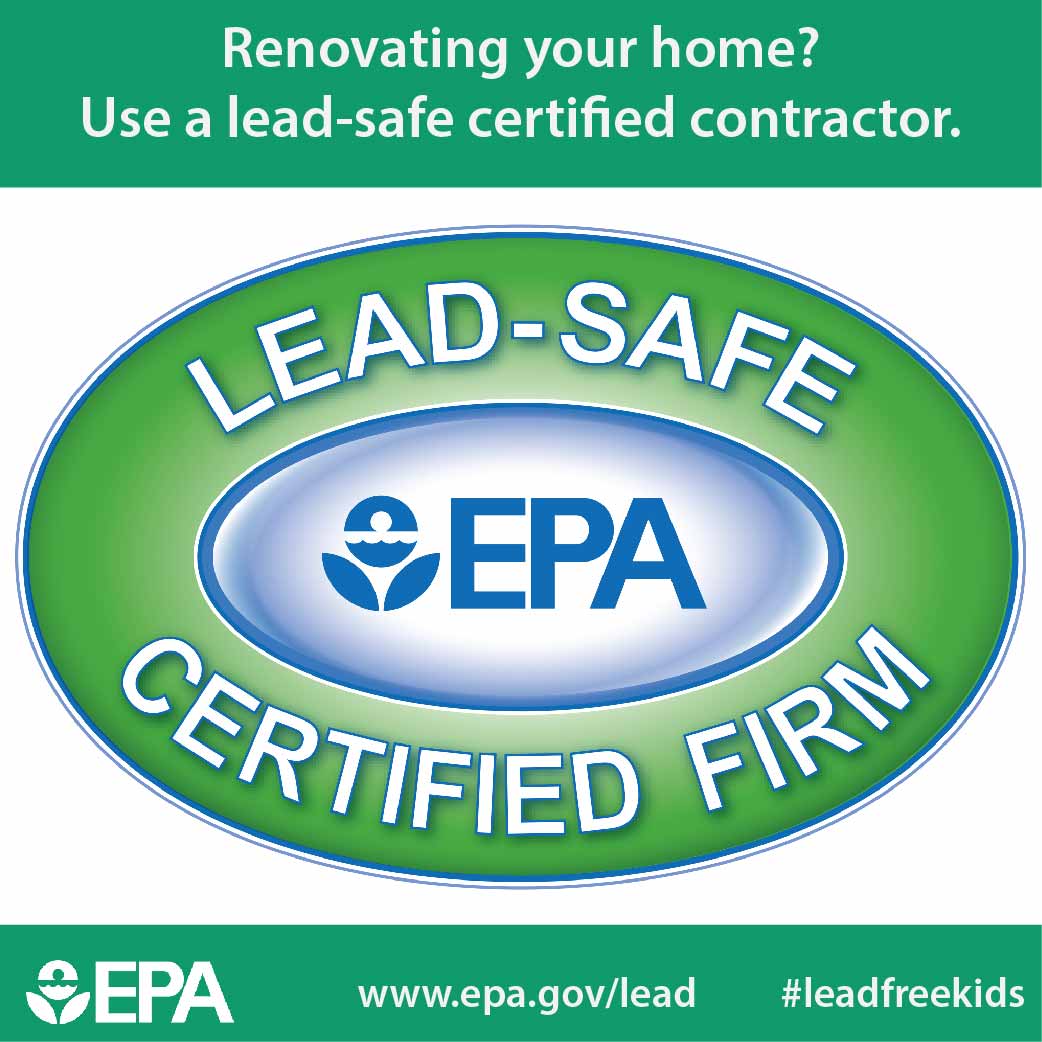Seasonal Factors In Industrial Exterior Painting: Key Insights You Must Understand
Seasonal Factors In Industrial Exterior Painting: Key Insights You Must Understand
Blog Article
Content Writer-Korsholm Urquhart
When you're intending a commercial external paint job, seasonal factors can make or break your outcomes. Highly recommended Webpage 'll want to consider just how temperature level and moisture influence paint application and drying times. Selecting the ideal season can ensure your paint adheres correctly and lasts longer. Yet which periods are truly the very best for this type of work? Allow's discover the key elements that can influence your job's success.
The Effect of Temperature on Paint Application
When you're intending a business outside painting job, the temperature can dramatically affect how well the paint sticks and dries out.
Preferably, you want to paint when temperature levels range between 50 ° F and 85 ° F. If it's too cold, the paint might not treat effectively, bring about problems like peeling off or splitting.
On the other hand, if it's as well warm, the paint can dry out too swiftly, protecting against appropriate bond and causing an unequal coating.
You need to additionally consider the time of day; morning or late afternoon provides cooler temperatures, which can be more favorable.
Constantly check the manufacturer's suggestions for the certain paint you're making use of, as they usually give guidance on the optimal temperature level array for optimum results.
Humidity and Its Effect on Drying Times
Temperature isn't the only ecological aspect that influences your commercial external paint job; humidity plays a substantial role too. High moisture levels can reduce drying times considerably, affecting the overall high quality of your paint work.
When the air is saturated with wetness, the paint takes longer to heal, which can cause concerns like poor attachment and a greater threat of mildew growth. If you're painting on an especially moist day, be gotten ready for extended delay times between layers.
It's critical to monitor local climate condition and plan accordingly. Ideally, aim for moisture levels in between 40% and 70% for optimal drying.
Maintaining these consider mind guarantees your project stays on track and provides an enduring finish.
Best Seasons for Commercial Exterior Paint Projects
What's the best season for your industrial external paint projects?
Springtime and early fall are commonly your best options. During these periods, temperatures are light, and moisture degrees are typically lower, producing optimal conditions for paint application and drying.
Avoid summer's intense heat, which can cause paint to dry as well quickly, leading to bad bond and surface. In a similar way, winter season's chilly temperatures can prevent appropriate drying out and curing, running the risk of the durability of your paint work.
Aim for days with temperatures in between 50 ° F and 85 ° F for ideal outcomes. Bear in mind to check the local weather report for rainfall, as wet conditions can spoil your task.
Planning around these variables ensures your paint task runs smoothly and lasts longer.
Conclusion
In conclusion, intending your commercial external paint jobs around seasonal considerations can make a substantial difference in the result. By organizing job throughout the perfect temperature levels and humidity degrees, you'll make sure better attachment and drying times. Keep in mind to keep an eye on regional weather report and select the right time of year-- springtime and early loss are your best choices. Taking exterior building finishes minneapolis mn will aid you accomplish a sturdy and expert surface that lasts.
